SEARCH


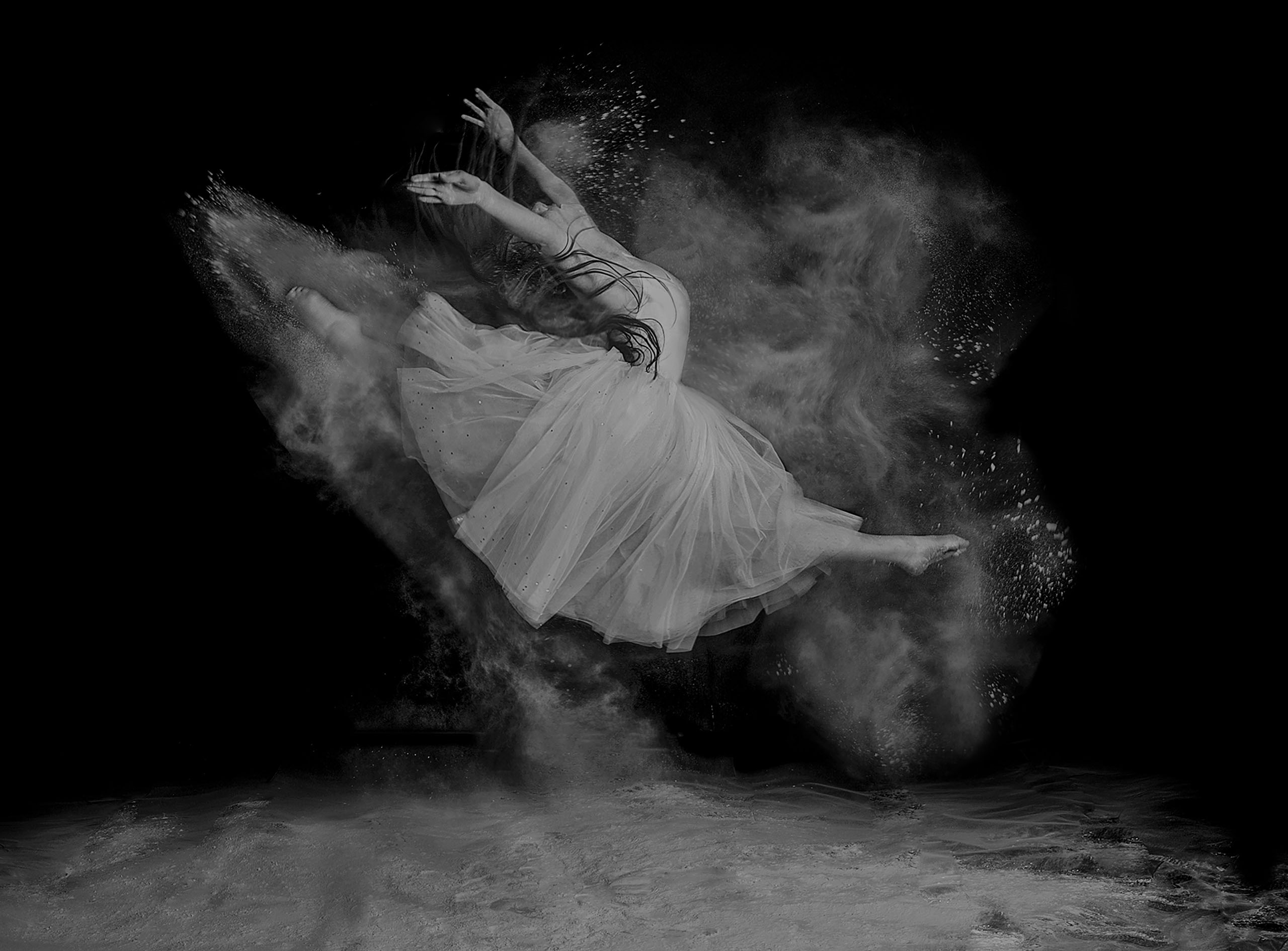
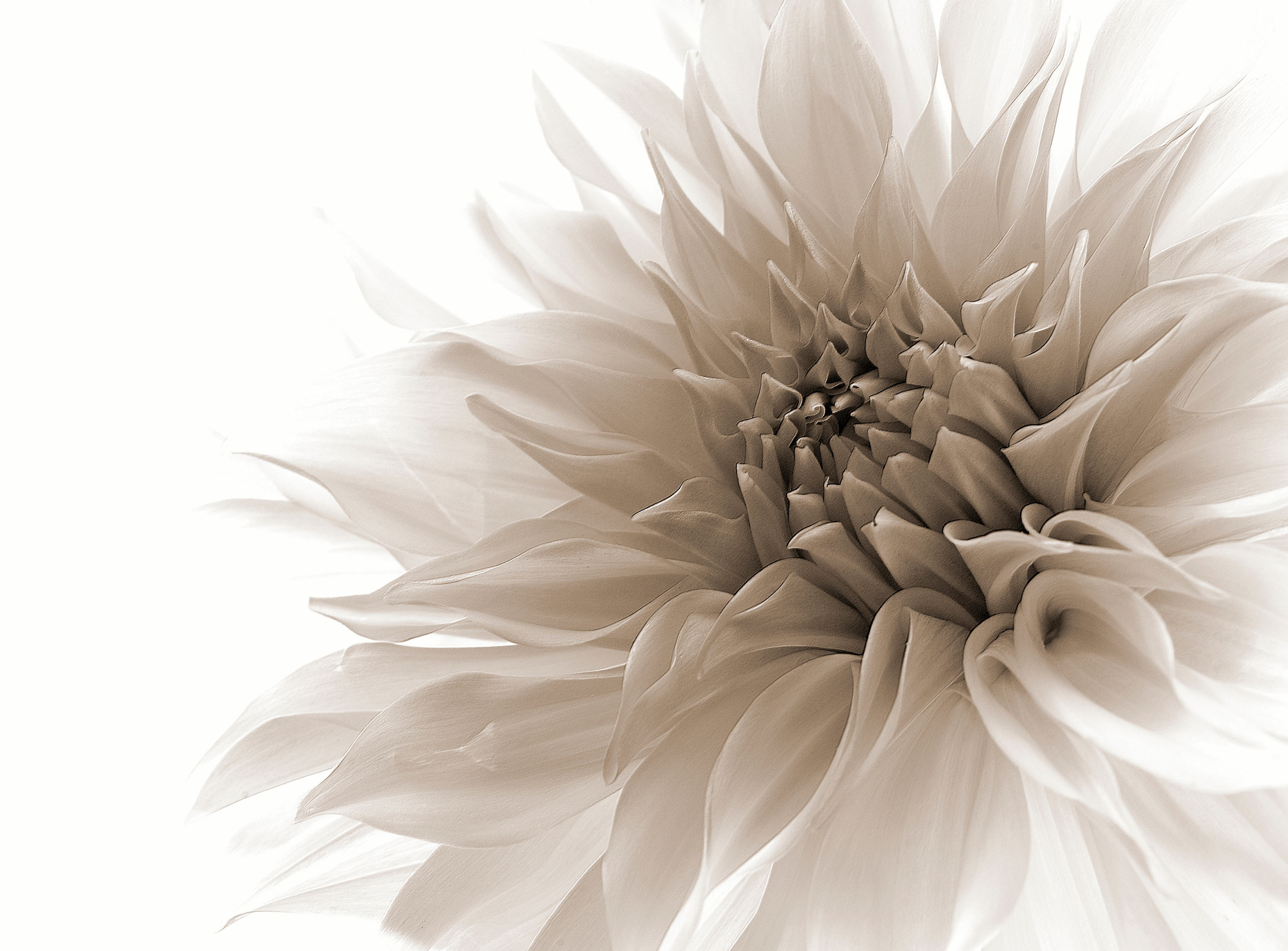
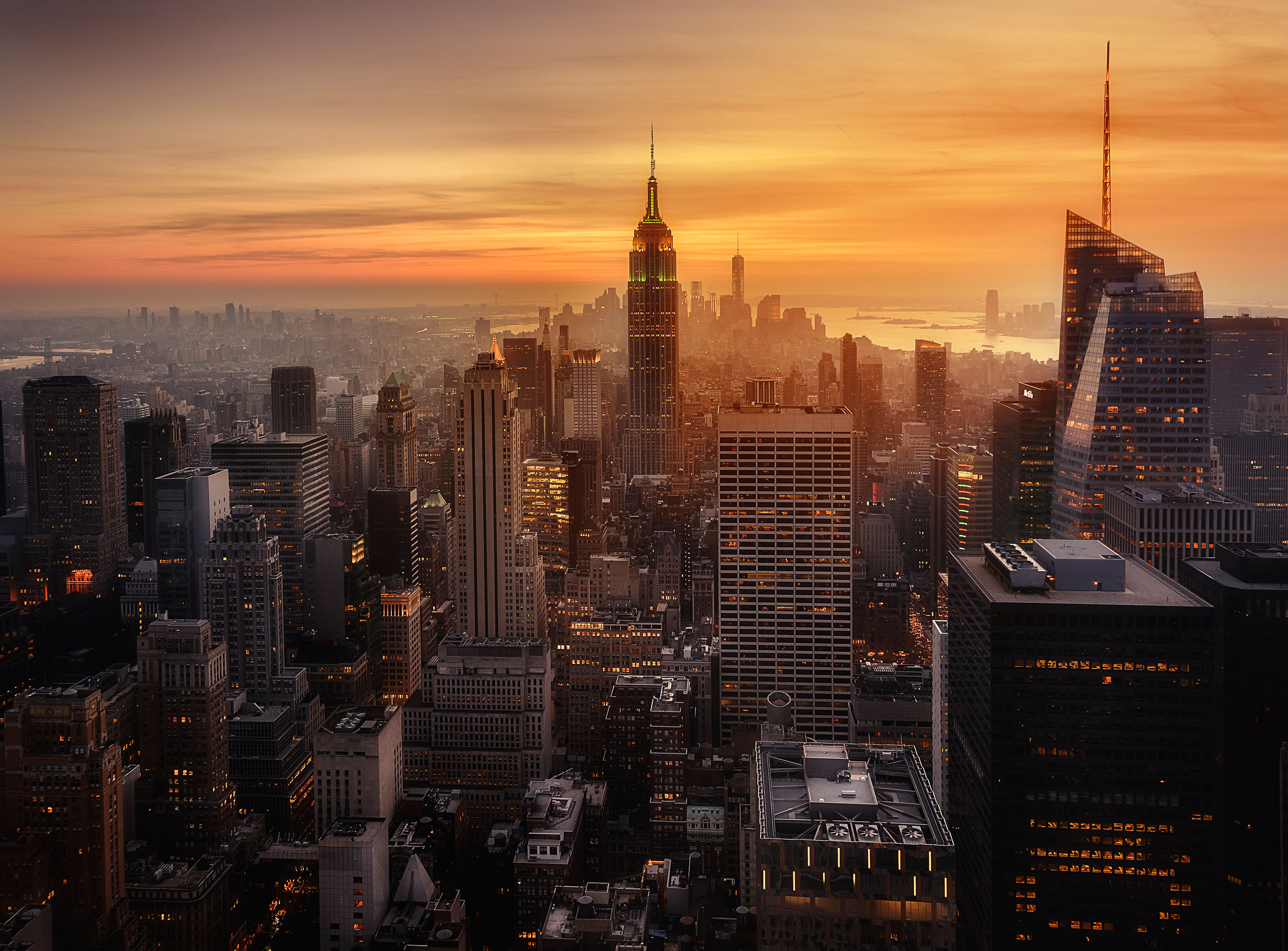
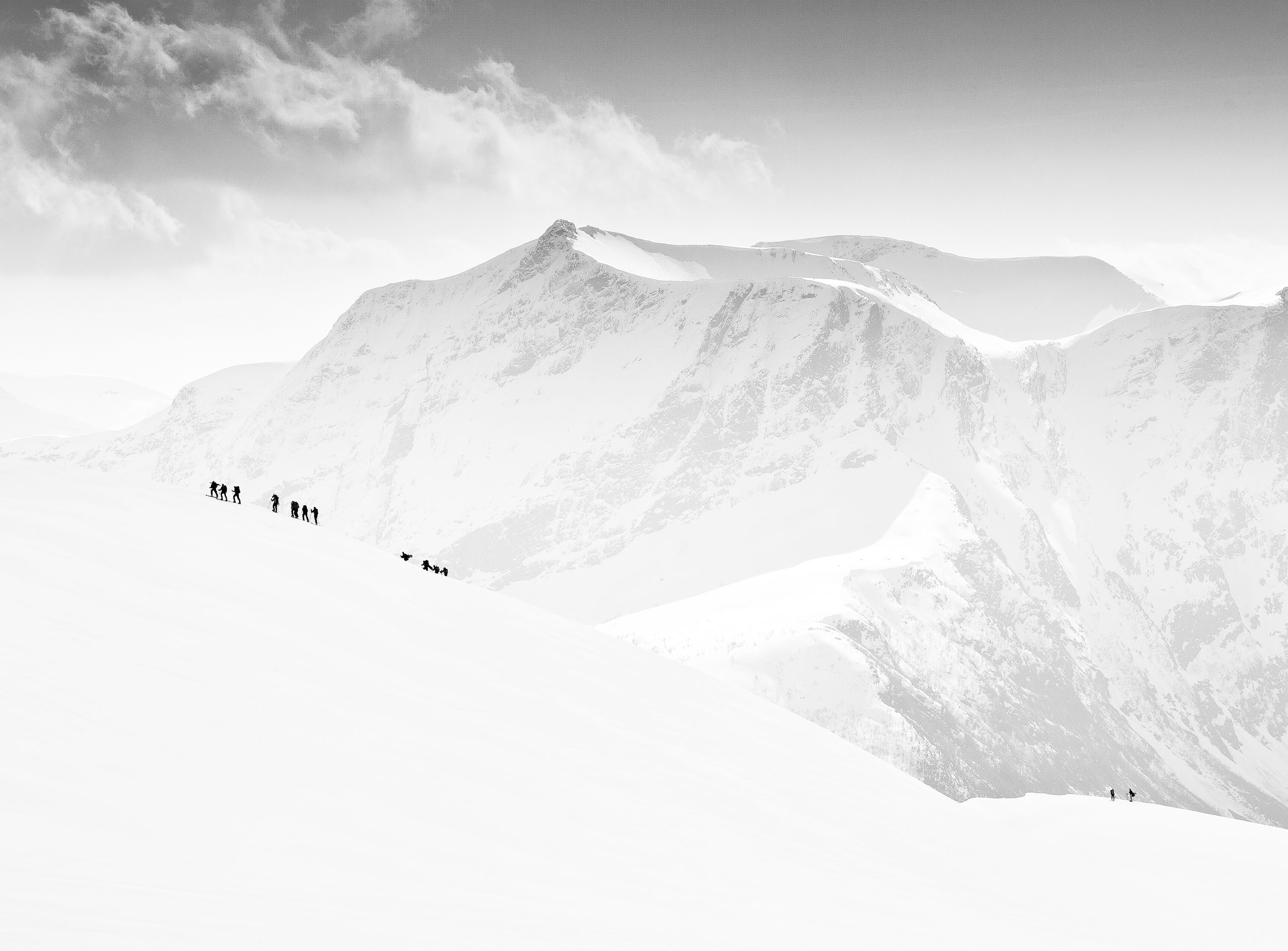
|
|
|
|


Ziv Koren, is a professional photojournalist for the past 25 years. He began his career as a photographer in the Israeli army. Today, Koren works for the Hebrew daily "Israel Hayom", represents "Polaris Images" photo agency in Israel and serves as a "Canon Ambassador" for EMEA.
Koren's documentary-projects focus mainly on humanitarian issues in Israel and around the world such as the Israeli-Palestinian conflict, poverty, the tsunami in Southeast Asia, the earthquake in Haiti, AIDS in South Africa and more. In addition, he has documented the Israeli Defense Forces for more than two decades, including military operations such as the withdrawal from the Gaza Strip, the Second Lebanese War, Operation "Cast Lead" Operation "Pillar of Cloud" and more.
His award-winning photographs have contributed to many solo and group exhibitions worldwide at the Metropolitan Museum of Tokyo, the Memorial Museum in Spain, and the War Museum in Croatia, in the project 'War/Photography: Images of Armed Conflict and Its Aftermath," at the Museum of Fine Arts, Houston, to name a few.
Koren's photographs have been widely published in the international media including Time Magazine, Newsweek, The Sunday Times Magazine, Stern, Der Spiegel, Paris Match, Le Figaro, Corriere Della Sera Magazine and Wired Magazine.
He is also the recipient of many prestigious prizes, such as the "Photo District News Award" (3 times), "Yann Geffroy Award", "International Color Award" (twice) and "Picture of the Year".
Koren was the subject of the documentary film "More Than 1000 Words" which was widely screened at film festivals around the world, garnering a dozen awards. He has contributed to many books, and regularly lectures at workshops and universities worldwide.
Ziv, I'm wondering how your passion for photography started?
I studied art in Talma Yalin (well known high school of the arts, in Israel). At those days there was no photography major offered at school. My first experience in photography was actually when I draw pictures while looking at photos.
Photography in the past didn't mean a goal for itself. Just before I joined the army I smashed my foot in a motor bike accident, so I could not be recruited as a fighter and I was looking to do something interesting in the army. Somehow I got to "Bamachanea" (the army journal), there I submitted a portfolio, and I got in. Back then I thought to myself: "Ok… this could be an interesting way to spend my military service”.
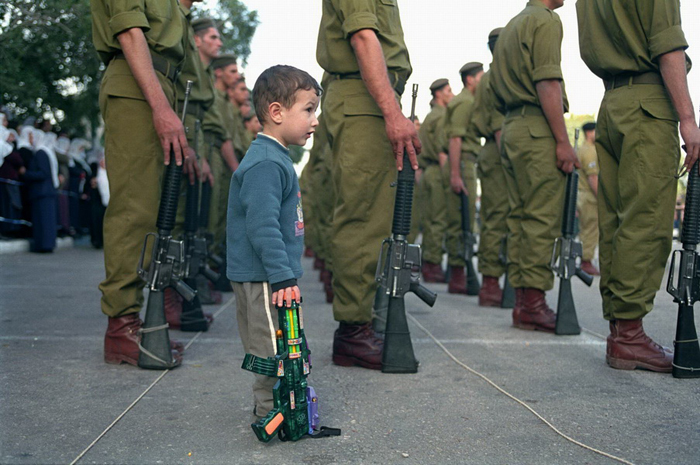
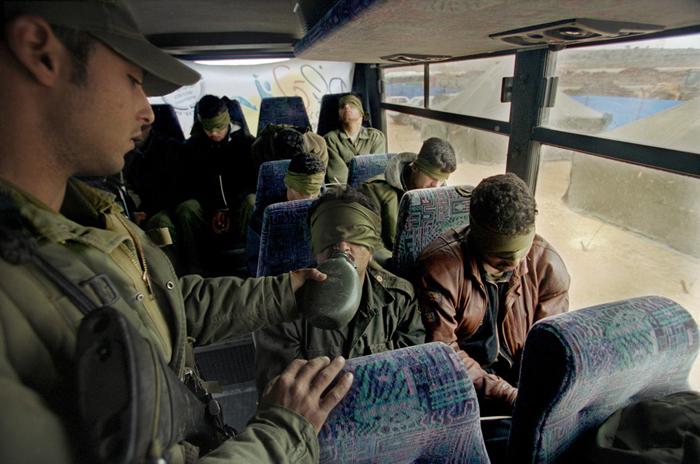
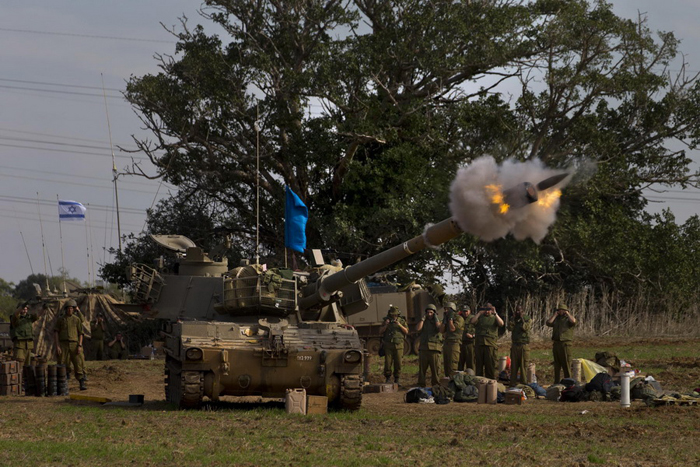
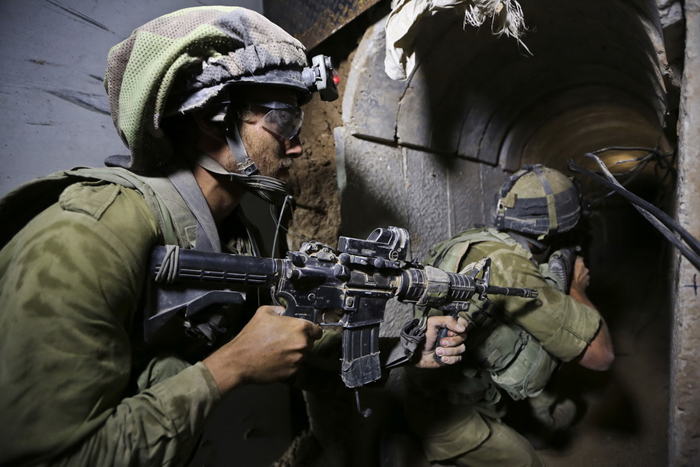
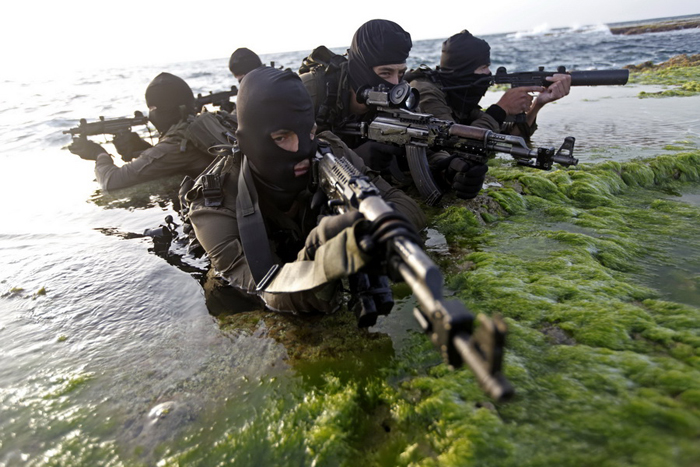
So, it all happened by accident?
Definitely by chance, and I really got into it and was drawn into photography. In 1991,just before I finished my army service, it was the Gulf War in Israel. I found myself running between the bombs and documenting that made me realize that photography is the thing I wanted to do in life. It was really clear that this is the place that I want to be in. Just before my release from the service I got a job offer from the Government Press Office in Jerusalem, and that was actually my first work as a photographer. A year after I moved to work Yediot Achronot" (one of the biggest daily printed newspaper in Israel) and the rest is history.
Many of your works are appreciated all over the world. Is there one photo that has touched you in particular? And if so I would like to hear more about it.
There is something very romantic about being a photographer, and photographers have a tendency to fall in love with the pictures they have taken. At the end of the day, as a professional, I would like my career as a photographer to be assessed through a body of work that has been done over the years. I do not consider one frame as the picture that defines the 25 years of my career.
Let me try to ask another way, is there one project or event that you documented that was unforgettable in your experience?
There are couple of projects in the documentary field, the one where I escorted Louie the Druze soldier, the project in “snider” hospital.
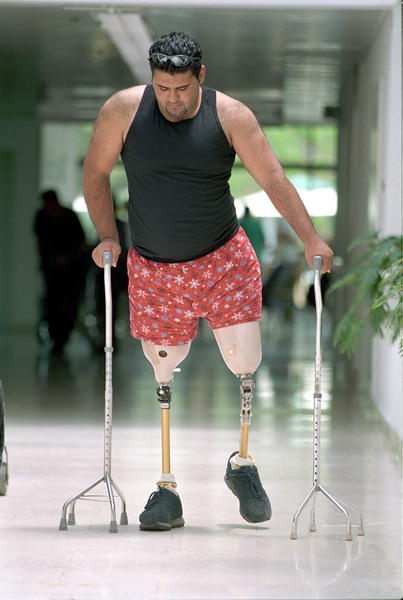
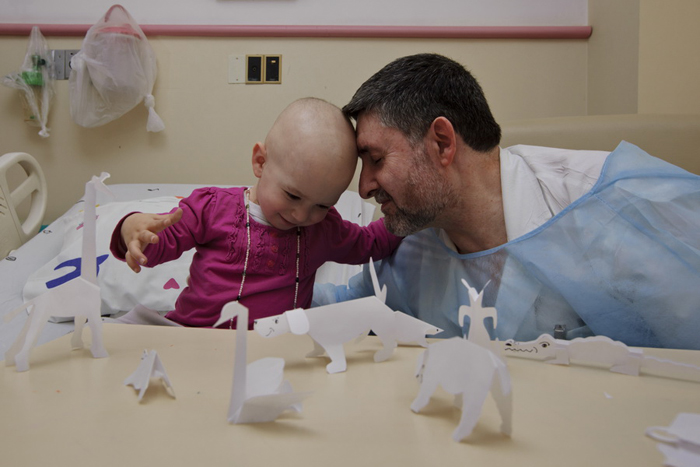
Or the project I did on AIDS in Africa hospital.
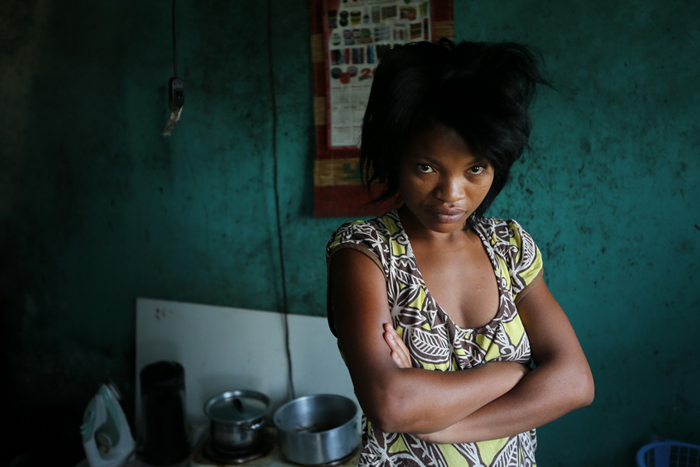
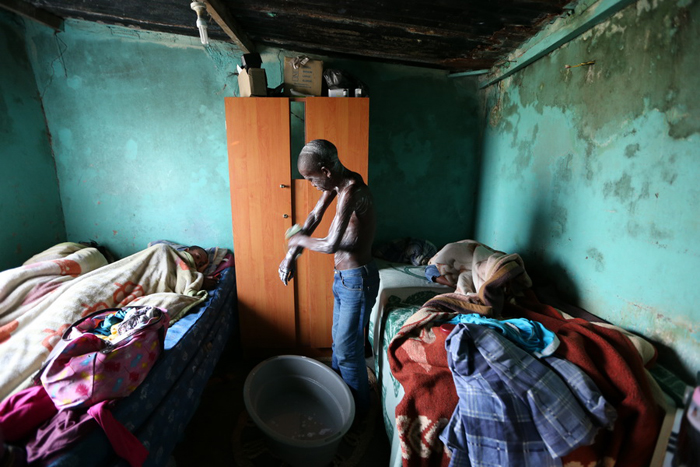
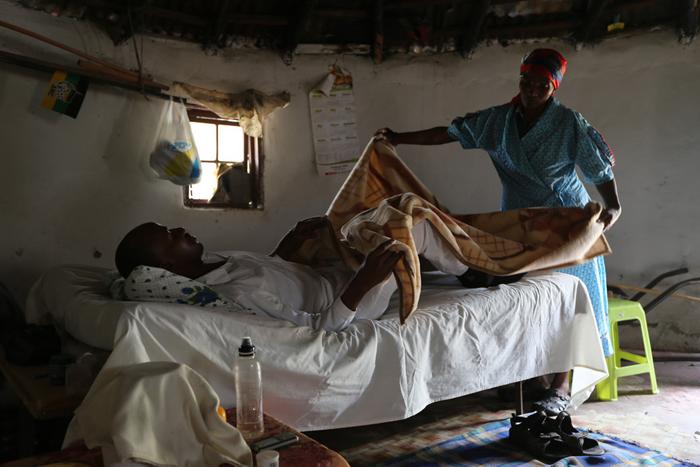
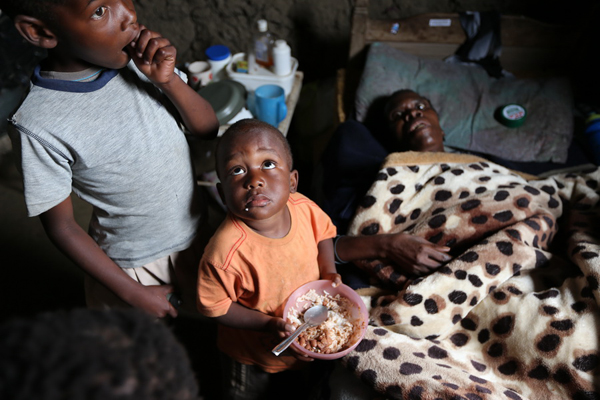
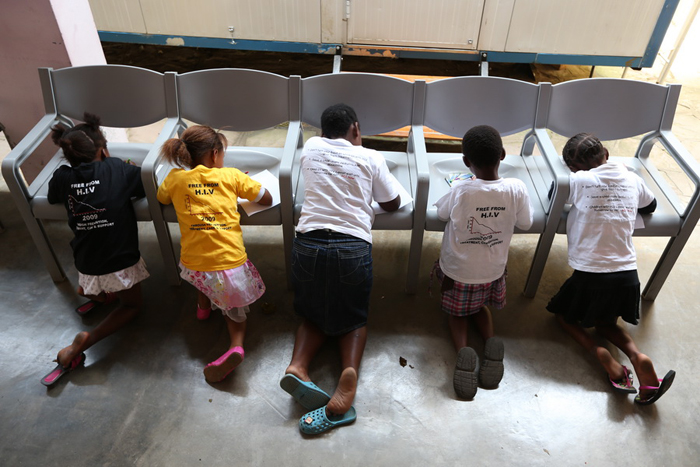
For me, each one of them is a huge story, but I have to say that one of the hardest events that I had the opportunity to document was the earthquake in Haiti.
What was there that was so hard?
First of all volume, we are dealing with an event, in which there were a quarter of a million dead. Than the understanding that there are tens of thousands of people buried underground, now taking their last breaths. That understanding is hard to describe. Putting aside the scents and sights of bodies in the streets, also the fact that I lived in a tent without showering for days, the smell of my clothes at the end of day was so impossible to bare that I had to throw them away. It's an experience as close to hell as I can imagine. I had a few life-changing events like this one during my career.
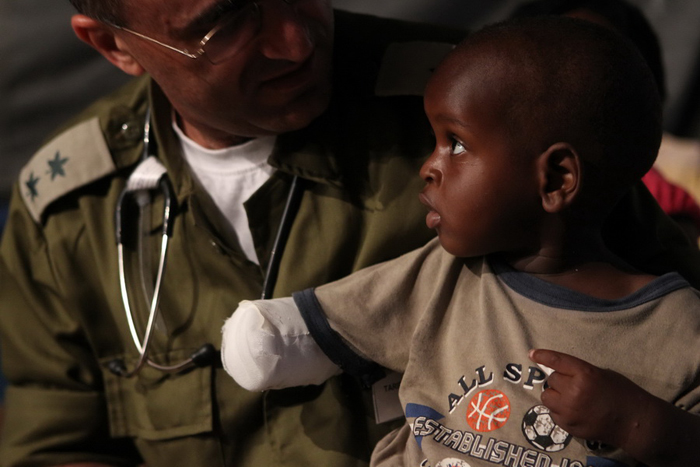
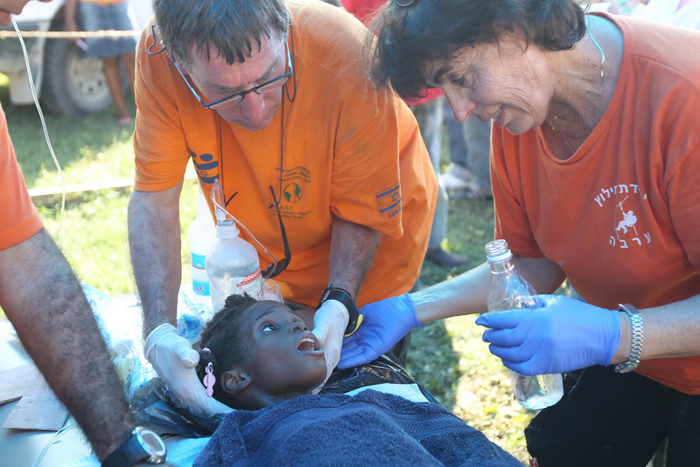
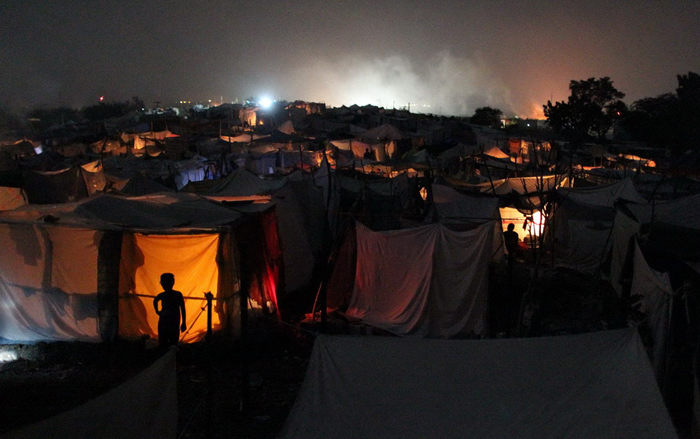
And there was the recent earthquake in Nepal. It may not have the scale and the volume of Haiti, but it also was so incomprehensible... you face and deal with sights that are not simple at all.
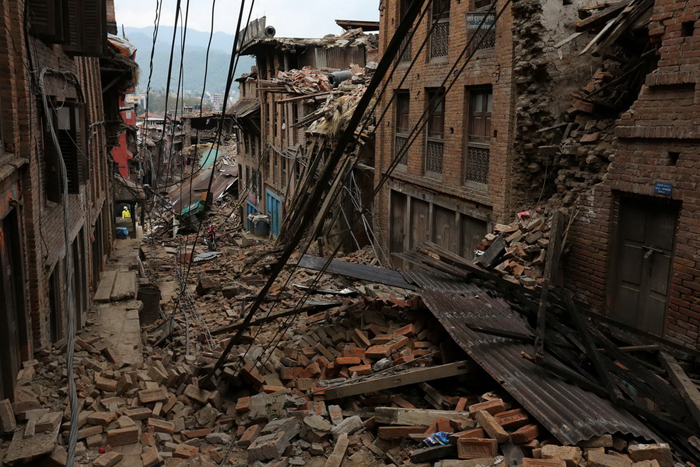
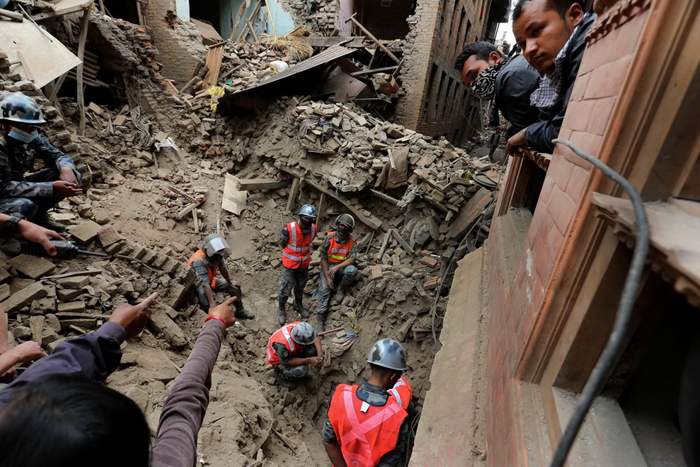
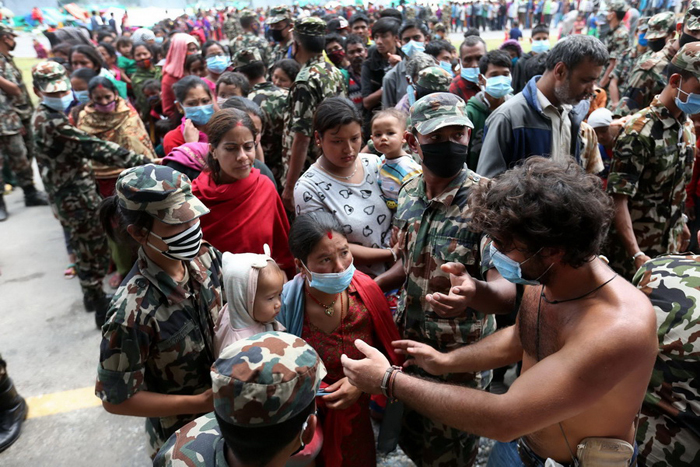
During your work as documentary photographer you got to work with special units as the squad team and with undercover forces of the army and the police in highly sensitive places like the West Bank, while you've been there did you get into situations where you were thinking “What the hell am I doing here and is it worth it?”
Of course, not only once I asked myself what am I doing there… and not necessarily in dangerous situations or dangerous places as you might consider the West Bank. Many times I've found myself asking that question, like the time I was standing on a wing of a Stearman (two winged plane) for a story about the Aerobatic Breitling Jet Team. Or the time when I dived in the biggest shark tank in the world, in Atlanta and I found myself facing a killer whale of 10 meters length. Or the time when I was rappelling Azriely tower hundred meter from the ground with the squad team of the police. The camera has the power to take you to such unexpected places, which is amazing.
You are presenting now a worldwide exhibition that is called: "Writing with light". A wonderful project that got enthusiastic responses all over the world. What can you tell us about it, and from where did you get the idea for this project?
Four years ago I started working on the concept for this project , that we live in a world that is so packed with visual information in the era of Facebook and Instagram, that I found myself asking the question, what is the place of a professional photographer in a world where all are photographers. In the last 50 years photography has become the most common hobby in the western society, and in the last few years, two things have happened: The emergence of digital photography and then the inclusion of camera features into the cell phones. In addition, the social media became more and more popular and it allows people to show where they are and what they are doing. This turned each and every one of them into a media channel.
All of that made me ask about the roll of the professional photographer in this kind of world. I started to get into the history of photography and I actually tried to sharpen the added values of the traditional photography. I understood that the essence of photography is light. If you peel off the color, then you are left with something very refined, which is light and composition. I wanted to have the light as the key element in my pictures, I wanted it not to be only visual information but to turn it into an art. But to use the light wisely and carefully and not to fall to clichés such as mere sunsets. By the way,the name of project is "writing with light" which comes from the Greek meaning of the word photography which is the combination of two words: photo, and graphy, which is actually: "writing with light". Originally the project was not supposed to be something worldwide, not at all, it just happened to be. At first I thought to myself that I will work on this project for about 1-1.5 years, and at the end it took me four years and if it would be my choice, I would gladly continue for another 4 years but the gallery stopped me at one point, and told me that we need to go public.
In this project the light is the thread line that sews everything into a homogenious story. It is important to emphasis that there is no other connective or linking subject, the subject is the light itself. The way of thinking in this project was to be very careful not to fall into those cliché like sunsets or artificial rays of light like in a rock concert, since these are documentations of work of someone else. I was also very careful that the subject in the photo would not steel the stage from the light. In this project I investigate natural light in different segments, and different forms, such as light passing through dust, fog, water etc, to give it his added value. To take it in the documentary perspective as far and as interesting as I can produce it.
At the end of the day the body of work that was created here is interesting and on my behalf I can say that there were no compromises in the quest to produce the best I can and this is true for the whole process of the project, which starts from choosing the location and to create the 400 meters venue for the exhibition, which had been a junk yard in the Tel Aviv port, build from scratch. It continues with deciding on which paper the photos will be printed on and there was half a year of testing different papers, different textures, and different printers. At the end I imported paper from Germany. Also, we did some testing on 20 different lighting fixtures, tested different Kelvin temperature with lighting specialist to be able to present the pictures in the right way and in the right lighting.
Did you think that this project would be such a success?
Look, you never know what to expect in advance about any project, you are striving to do it as well as you can and hope for it to be as great a success as possible. The exposure and reviews for the exhibition were really overwhelming. There were between 60,000 -70,000 visitors in the exhibition in Tel Aviv which are imaginary numbers in these days of the instant digital media era, it's definitely not easy to get people to go out and see "inferior media" like photography, which has no sound or motion, and without any kind of incentives. Nevertheless, the numbers spoke for themselves.
After that the exhibition was presented in Tel Aviv, the exhibition got to a tour around the world, starting from the Far East in the National Gallery of Bangkok at the beginning of 2016, then to Hanoi - Vietnam, afterwards to Burma, China, Philippines and hopefully at the end of the tour in the East it will also come to Europe.
The book from the project, which is a very unique product, won the PDN awards as one of the 15 best photograph books in the world for 2015, which I’m happy to say is the fourth time that I got this honor. It is all very flattering and it makes me understand that I ‘m doing right, Still, I’m always moving on thinking what will be the next project. By the way all along I still have to attend my previous ones.
Link to the book "Writing with light"
You have a lot of great works. How do you choose the best of them? How do you know that a photo of yours is good work that stand out from the bunch?
Ziv: Ansel Adams once said: ". “There are no rules for good photographs, there are only good photographs.” There's no formula for that you to say if you do x, y, z you will get good photograph. In my editing process, when I choose pictures for a project , I put all the photos on my billiard table, printed pictures , and I’m looking at all of them, those that pop out and have added values, are the ones that I have chosen. Added values can be expressed in many ways; something in the expression, in the colorfulness, in the light, a decisive moment, actually almost every element that is more significant from the standard. And above all, the most important thing to me is the ability to create emotion. The philosopher Susann Sontag who has written a lot about photography, wrote in one of her books, something that really got to my attention, and I noticed that I worked like that. In a very intuitive way. she said: The power of a good photograph is connected to the fact that the eye joined to the brain, which is the center of our feelings and emotions. And for matter a fact when you are exposed to a powerful image, you go through emotional experience, just by the observation and this is the power of a good photograph. And that is what I’m aiming at, to create some kind of emotion by the observer, some kind of experience, not necessarily always positive, I don’t need people to like my pictures, but I do try to create emotion. For me if someone visits my exhibition and does feel nothing or didn't get any impression, I failed, as simple as that.
Are there artists that affected your work, or that you were inspired by?
Yes, of course in the photojournalism if we go by the years there's Robert Capa, and from there Robert Frank, and the generation after them, there's Salgado and Jim Naptway, they are my biggest source of inspiration . The library that you see behind you has only photography books, mainly documentary and photojournalism. This is my source of inspiration till today.
Knowing you from the media and from this interview it's really obvious that photography is a way of life for you and it's in your state of mind 24/7. After these 25 years of your career, how do you keep this passion? How do you fight the moments of doubts or burnout if there are any?
It's a daily struggle that's true, but I never define what I do for living as "work". its passion, I would dare to say life mission, it's not a job, I think there is a commitment, a responsibility. May be I‘m looking at this in a much bigger perspective then it truly is, but I do feel that I have moral responsibility to tell the story. If there is an issue that I think requires my attention and I believe it’s interesting and important enough I’ll do everything for it. For example, if there is a tension at the South border of Israel, I will cancel all my meetings for the next few days and move to the South with all my photography "ammunition". I always dedicate myself to the story and I am totally committed to it. I do not believe in doing work only half.
You can't do it on the way, you have to fully commit yourself to it. It comes from passion and something that helps me to keep this passion alive is that today (at this stage of my career) in most of the cases, I choose on what I want to work, but to get there, it had a price, and I tell it to a lot to the young generation that sometimes seeking for quick glory, there are no short cuts, you have to go through a process, understand what you do and to be totally in what you do to succeed. People often don't understand that to click on the shutter and be happy with the result, is a very small part of the whole process. They don't realize that till that moment, there sometimes is work of years to get to that second of great capture, they don't see how much back office and Sisyphean work there is behind this second. How many doors were slammed along the way, like to get the needed authorization documents to be in these interesting places until you get this second of a great capture when you look with joy at the screen of camera.
And all of this hard work and dedication can only come if you are truly passionate about it. Another thing that helps me fight burnout and to stay passionate is that I consistently feel that l have to re-invent myself every time from the start, and this is the challenge, it's not interesting to me to do things that were done before, and places where there are lines of photographers don't interest me. On the bottom line this is the thing that I do best and thankfully the thing that I love the most.
 | Write |
 | Yvette Depaepe CREW Dear Ziv, many thanks for taking the time for this gorgeous interview and your fine collaboration with 1x. I'm really impressed by your work. Big thanks to Editor Osher Partovi for all the coordination work to put this fabulous article together too. Cheers, Yvette |
 | Tomer Eliash Excellent interview - well done Osher! |
 | Osher Partovi PRO Thank you dear Tomer! glad to hear!
|
 | Eyal Amer PRO Very impressive Ziv , congrats !!! |
 | Marc Apers CREW Impressive portfolio ! |
 | Svetlana Melik-Nubarova Stunning work !!!! |
 | Laura Mexia Amazing work ..... congrats |
 | Greg Barsh Fantastic images, poignant stories, and a meaningful and moving career. Thanks, Osher, Yvette, and Ziv, for sharing all of this. (It would be wonderful to see some more of Ziv's images in his 1x portfolio). |
 | Osher Partovi PRO Thank you Greg for your kind words! and it is my plesure... : ) |
 | Gloria Salgado Gispert I have enjoyed every single line and every single image. You really create emotion with your pictures Ziv Koren! Thanks !! |
 | Osher Partovi PRO Thank you Gloria! glad you liked the article! : ) |
 | Massimo Della Latta Complimenti. |